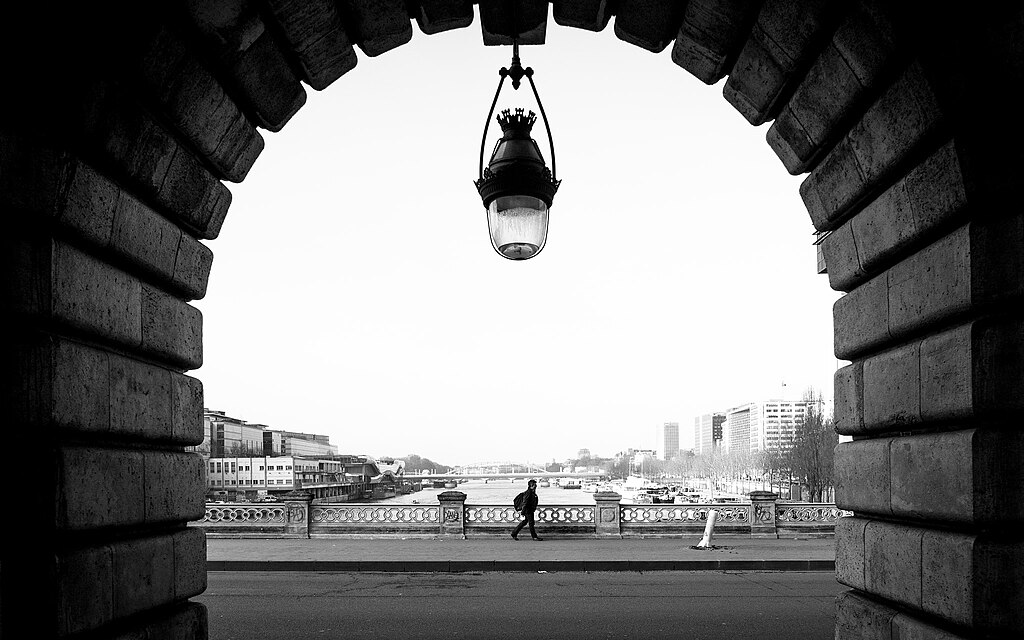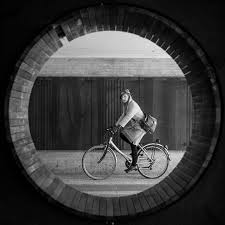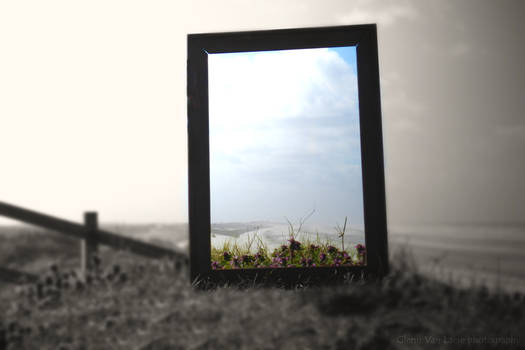What Is Framing in Photography? A Complete Guide for Beginners’
Framing in photography is a powerful visual technique that involves using elements within a scene to draw attention to the subject, create depth, and guide the viewer’s eye. Whether you’re shooting landscapes, portraits, or street photography, effective framing can transform an ordinary photo into a compelling image.
Often discussed alongside composition in photography, framing is a vital component of photographic storytelling. While closely related, framing and composition serve different but complementary purposes in the art of capturing images.

What Is Framing in Photography?
Framing refers to the technique of using visual elements in the environment—like windows, doors, tree branches, or architectural lines—to surround or highlight the subject of the photo. It acts like a “frame within a frame,” focusing the viewer’s attention on a specific area of the image.
Examples of Framing:
- Natural Frames: Using trees or rock formations in a landscape to encircle the subject.
- Architectural Frames: Photographing a person through a doorway or arch.
- Artificial Frames: Creating a frame using props or handheld objects like hands or mirrors.
What Is Composition in Photography?
Composition in photography refers to the overall arrangement of elements within a frame. It involves making deliberate choices about subject placement, balance, symmetry, leading lines, color, and space to create a visually engaging image.
Common Composition Techniques:
- Rule of Thirds: Dividing the frame into a 3×3 grid and placing the subject at one of the intersections.
- Leading Lines: Using lines (roads, fences, rivers) to direct the viewer’s gaze to the subject.
- Symmetry and Patterns: Balancing visual weight using mirrored or repeating elements.
Framing vs. Composition: Key Differences
While both are critical to creating strong visuals, there are distinct differences between framing in photography and composition in photography:
| Feature | Framing | Composition |
|---|---|---|
| Definition | Technique using elements to enclose or highlight the subject | Overall arrangement of visual elements in a photo |
| Function | Focuses attention, adds depth | Creates balance, harmony, and visual flow |
| Tools | Physical elements in the scene (doors, trees, shadows) | Rules (thirds, symmetry), lines, space, color |
| Usage | Often used to isolate the subject or lead the eye | Used to create the entire visual narrative |
| In Editing | Can be added/enhanced through cropping or overlays | Can be altered by repositioning or rebalancing elements |
How Composition Is Related to Framing
Framing is a subset of composition. It is one of the many tools photographers use to compose an image effectively. While composition deals with the big picture—how everything is arranged—framing zeroes in on emphasizing the subject.
For example, in a portrait taken through a car window:
- Framing: The car window physically surrounds the subject’s face, directing attention.
- Composition: The rule of thirds is applied, and the background elements are minimized for clarity.
Both framing and composition work together to make the image more aesthetically pleasing and emotionally impactful.
Framing and Composition in Post-Production (e.g., Photoshop)
Post-production allows photographers to refine or entirely create framing and composition. Here’s how you can enhance these elements using software like Adobe Photoshop:
Step-by-Step: Adjusting Framing in Photoshop
- Open Your Image: Launch Photoshop and open your desired photo.
- Crop Tool (C): Use the Crop Tool to reframe the subject—tighten the view to emphasize what’s important.
- Add a Frame Element:
- Create a new layer.
- Draw a shape (rectangle, circle) around your subject.
- Reduce opacity or blur to mimic depth.
- Use Vignette: Go to Filter > Lens Correction > Custom, and add a subtle vignette to naturally frame the subject.
- Layer Masks: Use masks to blend frame elements with the background seamlessly.
Step-by-Step: Improving Composition in Photoshop
- Rule of Thirds Grid: Go to View > Show > Grid, then customize the grid to match the rule of thirds.
- Content-Aware Move Tool: Use this to move your subject within the image while preserving the background.
- Transform Tools (Ctrl+T): Adjust the scale, position, or angle of elements to better balance the composition.
- Cloning and Healing: Remove distracting elements that unbalance the composition using the Clone Stamp or Healing Brush.
- Color Grading and Contrast: Enhance visual flow with selective contrast and color adjustments to guide the viewer’s eye.
Conclusion
Understanding the difference and relationship between framing in photography and composition in photography is essential for developing a photographer’s visual style. Framing sharpens the viewer’s focus, while composition creates the broader context that makes the image complete.
Whether you’re capturing the perfect shot in-camera or refining it in post-production, mastering these techniques will elevate your storytelling and creative vision.





